Ferrari Hypercars: A Guide To Every Generation
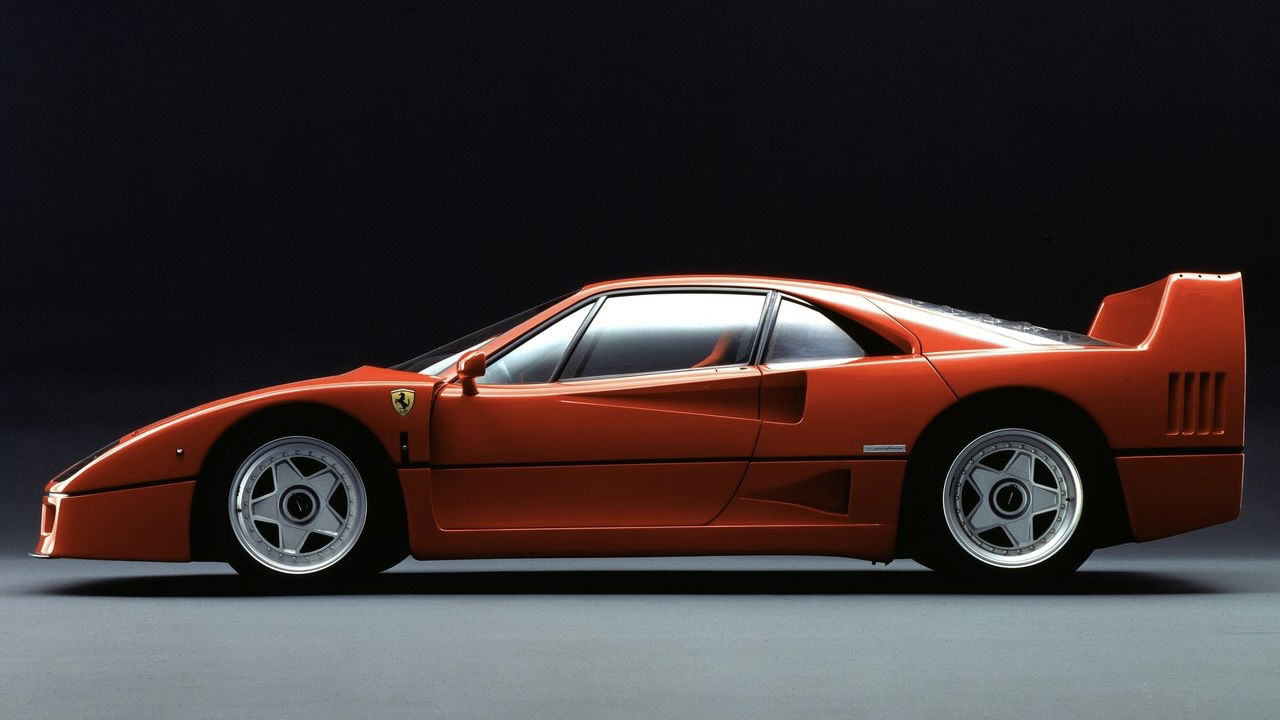
Ferrari arguably doesn’t really do un-special cars. Once every decade since the 1980s, though, the company has launched something really special – a halo limited-edition hypercar that sits at the pinnacle of its range, available only to a select few but drawing the eyes of millions to the brand.
There have only been five of these hugely exclusive machines (or possibly six, but we’ll get to that), each with its own unique identity, and each perfectly representative of the eras they emerged from. Here’s everything you need to know about Ferrari’s hypercars.
Origins
We don’t really need to tell you about Ferrari – arguably no other car brand has been so mythologised over the years. There’s never been a big-budget Hollywood film about the founder of Nissan, and people don’t make pilgrimages from all over the world to visit an enormous Vauxhall museum in Luton.
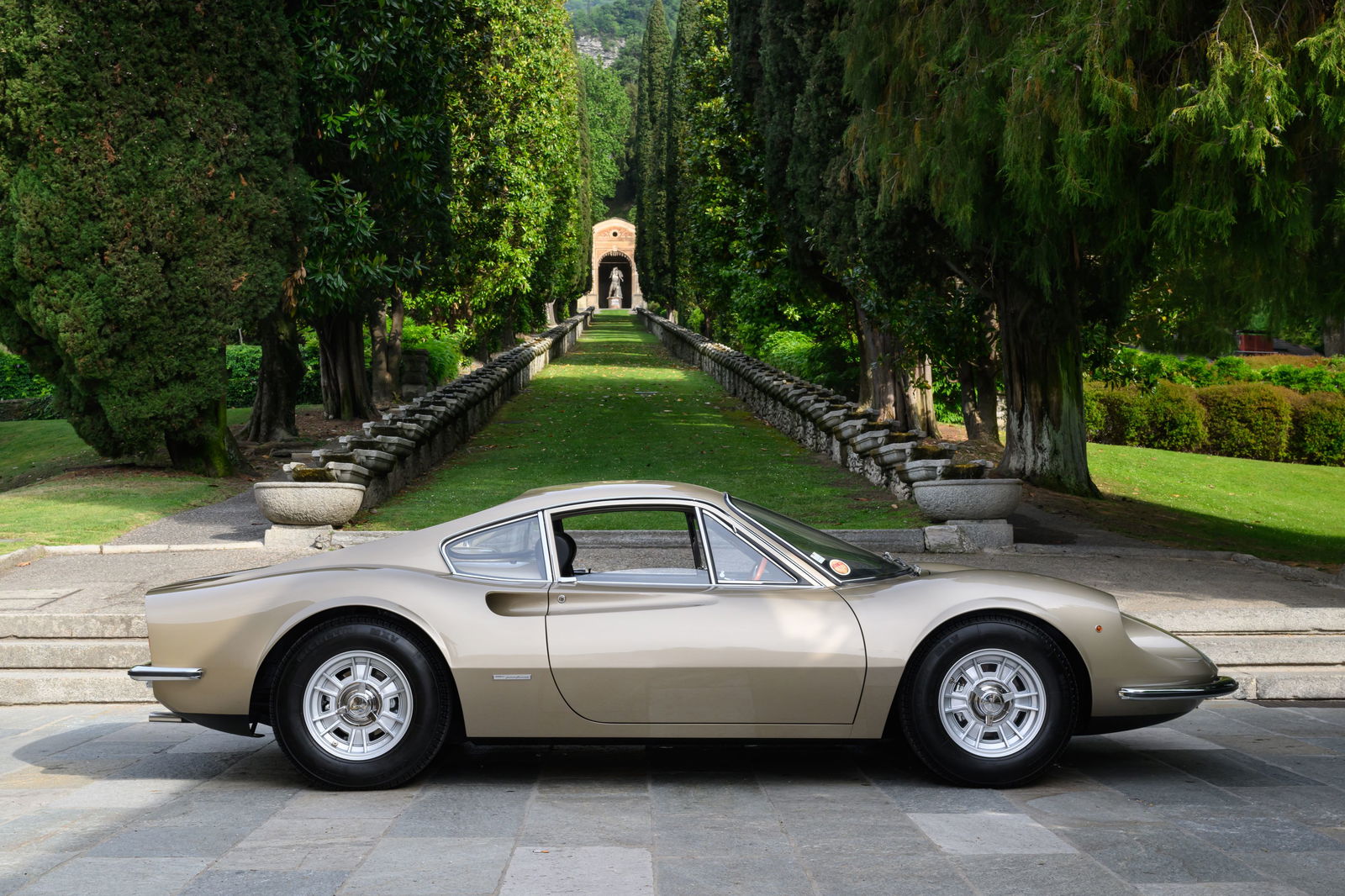
As for the origins of its hypercars, we must look back at the brand’s illustrious back-catalogue. It first experimented with mid-engined sports racing cars in the early ’60s, but it wouldn’t be until 1967 when a mid-engined Ferrari road car first appeared, and it didn’t wear Ferrari badges. The V6-powered Dino 206 was a first tentative step towards the layout that went on to underpin these halo cars.
Ferrari’s big V12 flagships, meanwhile, first switched to a mid-engined layout in 1971 with the gorgeous 365 GT4 BB, its flat-12 engine mounted amidships in its wedgy body.
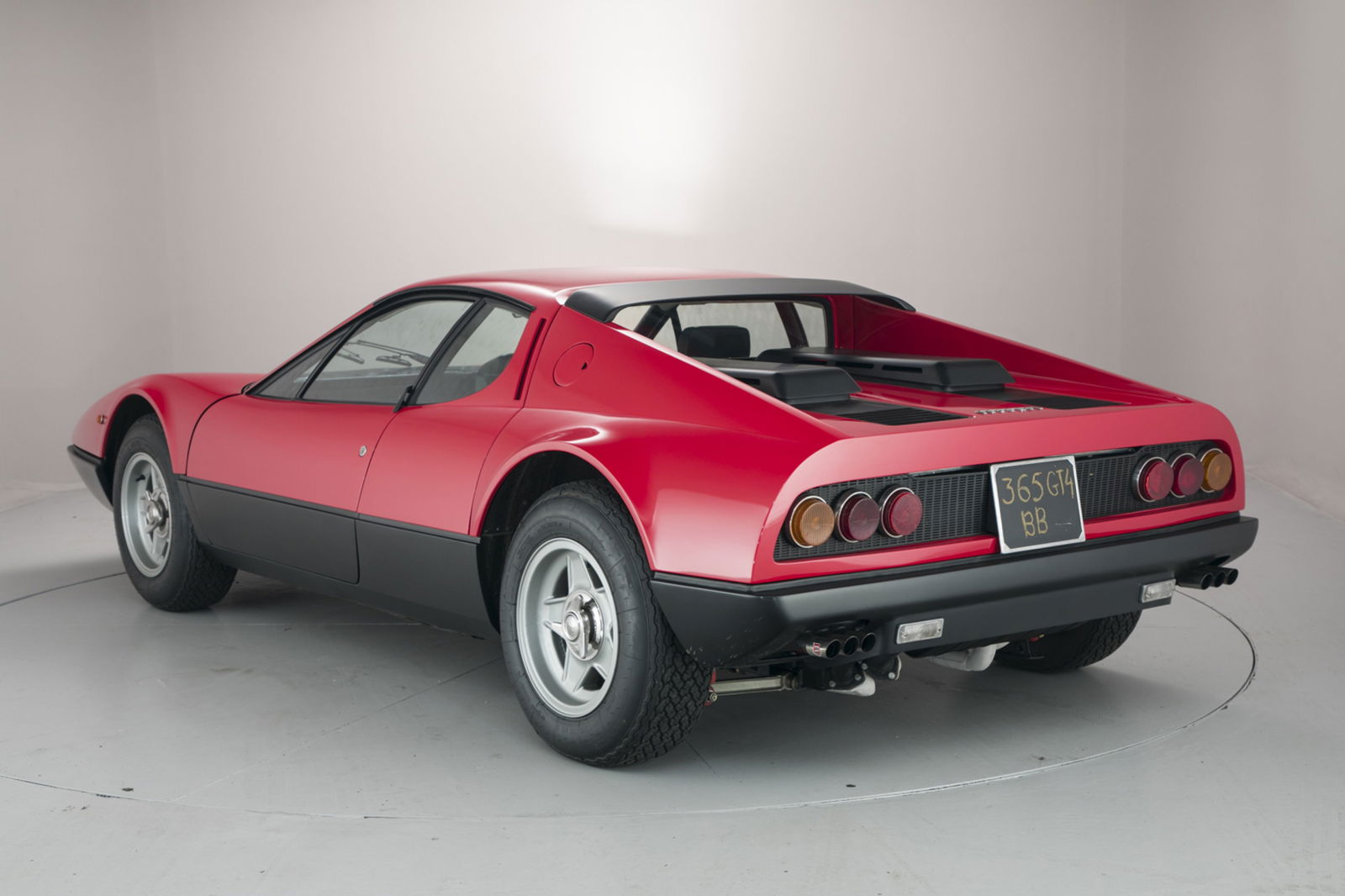
Ferrari had now cemented the idea of having a mid-engined car at the pinnacle of its range, but it wouldn’t be until the 1980s that the notion of a limited-run halo car appeared – and the brand sort of stumbled into it by chance.
The 1984 Ferrari GTO – often referred to as the 288 GTO, owing to its 2855cc V8 engine – is often included as part of Ferrari’s halo hypercar lineage, but it was conceived as a homologation special for the brand to go Group B racing with. The clue is in the name – Gran Turismo Omologata, or Grand Touring Homologation. Based on the existing 308 GTB, it featured widened bodywork and twin turbos, making for 395bhp.
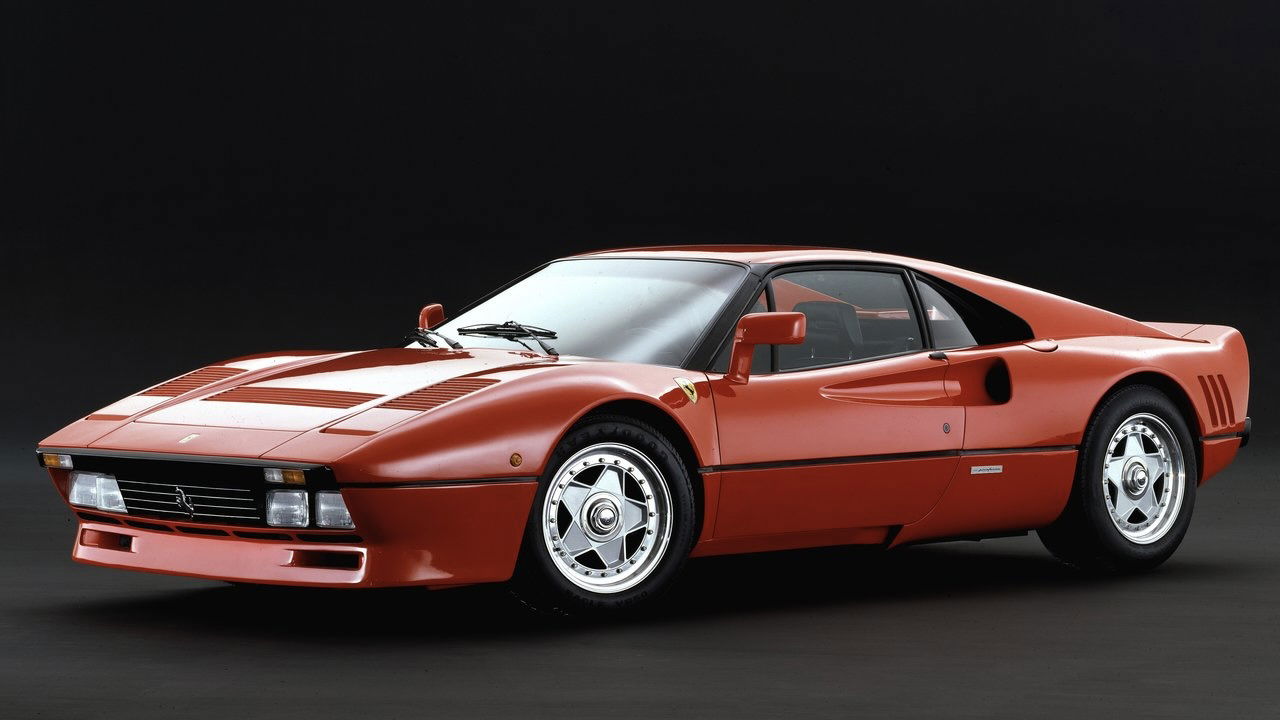
Ferrari planned to build the minimum 200 required for homologation, but while the car was in development, the racing ruleset it was being built for changed, and the GTO was essentially left without a purpose.
Still, when it appeared at the 1984 Geneva Show, the planned run sold out pretty much instantly, to the extent that Ferrari ended up building 272 of them. It had stumbled onto the idea of developing a super high-performance flagship and selling a tiny number of them, something it would pretty quickly repeat.
Ferrari F40
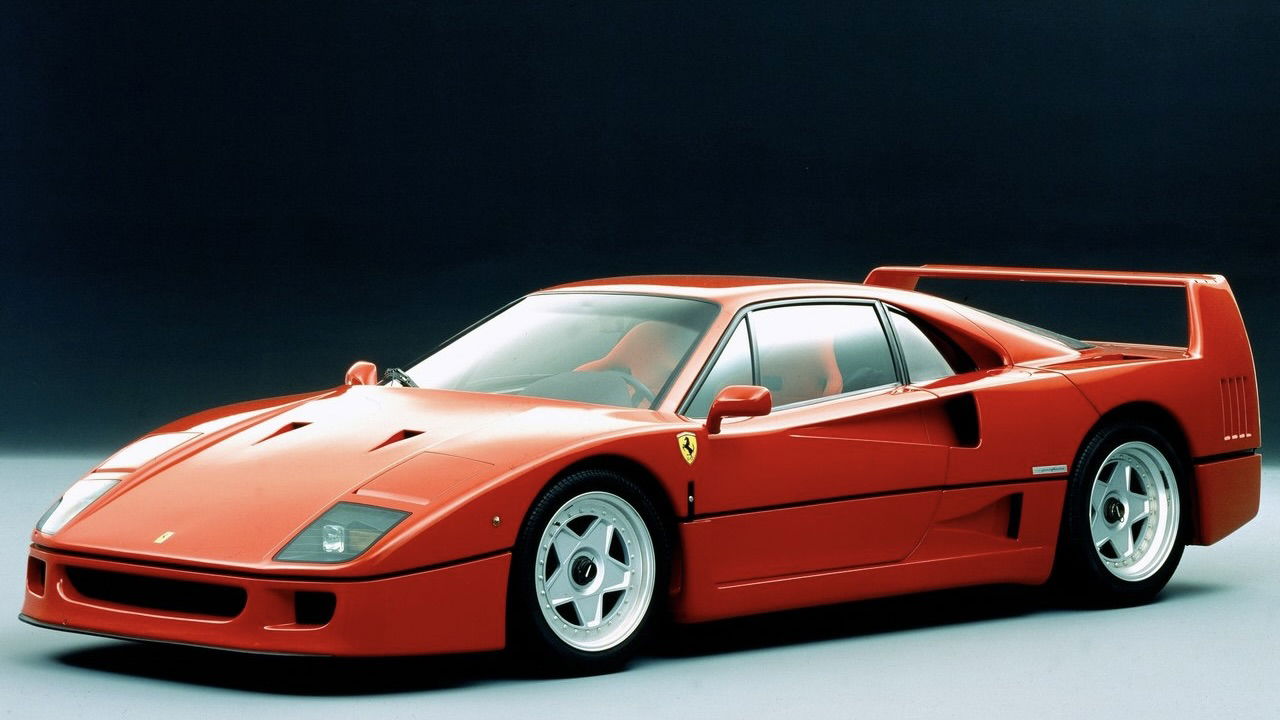
The first of the true Ferrari halo cars, designed with no purpose other than to be an astonishing object of desire, appeared in 1987, a few short years after the GTO. Launched to mark the 40th anniversary of the first Ferrari-badged car, it was also notably the last car to be personally signed off by company founder Enzo Ferrari, who died in 1988.
It was quite the way to seal his legacy. Powered by a new 2.9-litre twin-turbo version of the company’s V8 engine, it churned out 472bhp and 426lb ft of torque, all sent to the rear wheels via a five-speed manual gearbox.
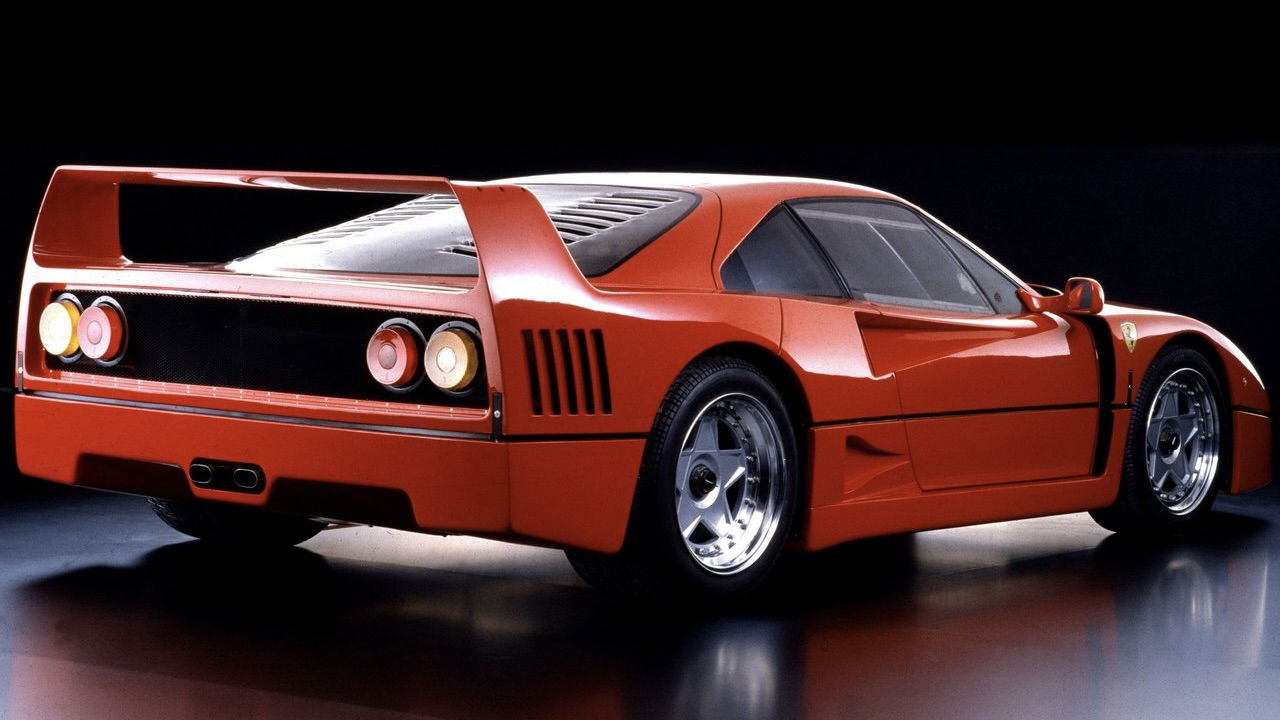
It was an innovator, too. Its gorgeous, minimalist Pininfarina-penned body was the first automotive body to be made mainly from lightweight composite materials, employing carbon fibre and Kevlar to help keep weight down to 1100kg dry. Famously, if you look at one up close in certain lights, it’s possible to see the weave of the carbon fibre beneath the paint.
The results of this spoke for themselves. The F40 could hit 62mph in 4.1 seconds, and its 201mph top speed made it the first road car to break the mythical 200mph barrier.
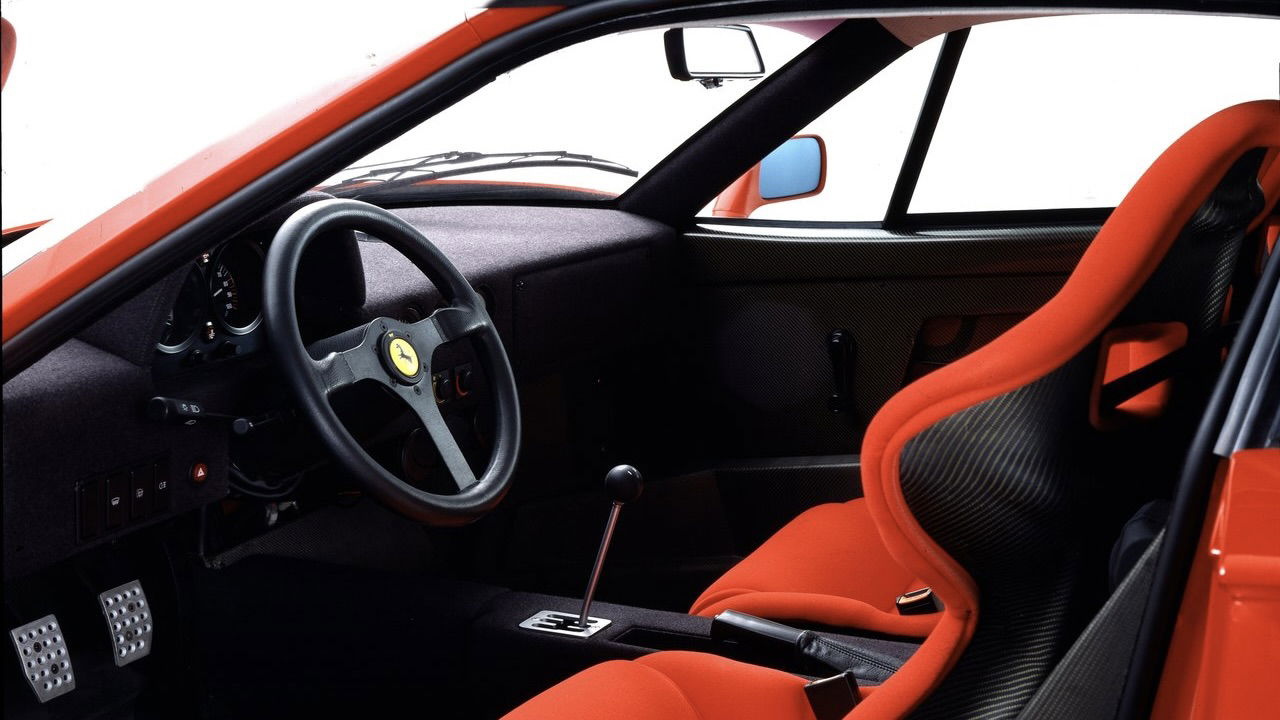
The interior was a spartan arrangement, with two fabric-covered bucket seats, a flocked dash, and very little else.
The F40 was the only of Ferrari’s five hypercars so far to go racing. Developed by third-party Ferrari specialist Michelotto, the F40 LM made its racing debut in 1989 and was quickly followed up by a more powerful version dubbed the Competizione.
 2.jpg?width=1600)
In production until 1992, 1311 F40s were built, making it the most numerous of all the Ferrari hypercars. Officially, all were finished in the company’s signature Rosso Corsa, but it’s thought that a few were delivered in other colours, including several to the Sultan of Brunei.
Ferrari F50
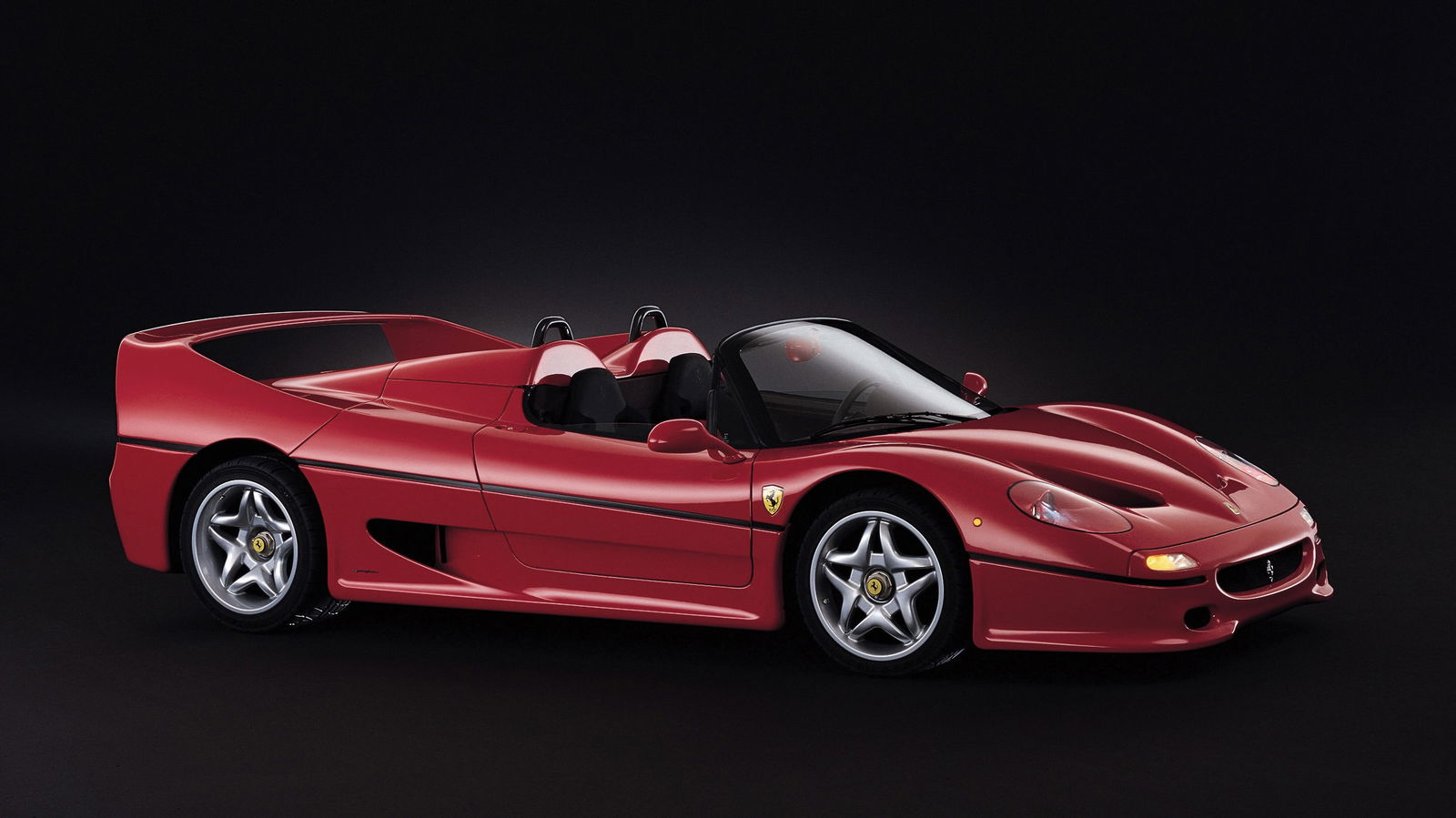
Logic would suggest that the next car in this illustrious lineage, the F50, celebrated half a century of Ferrari cars. However, the F50 actually appeared on the scene in 1995, just in time for the 48th anniversary. Close enough.
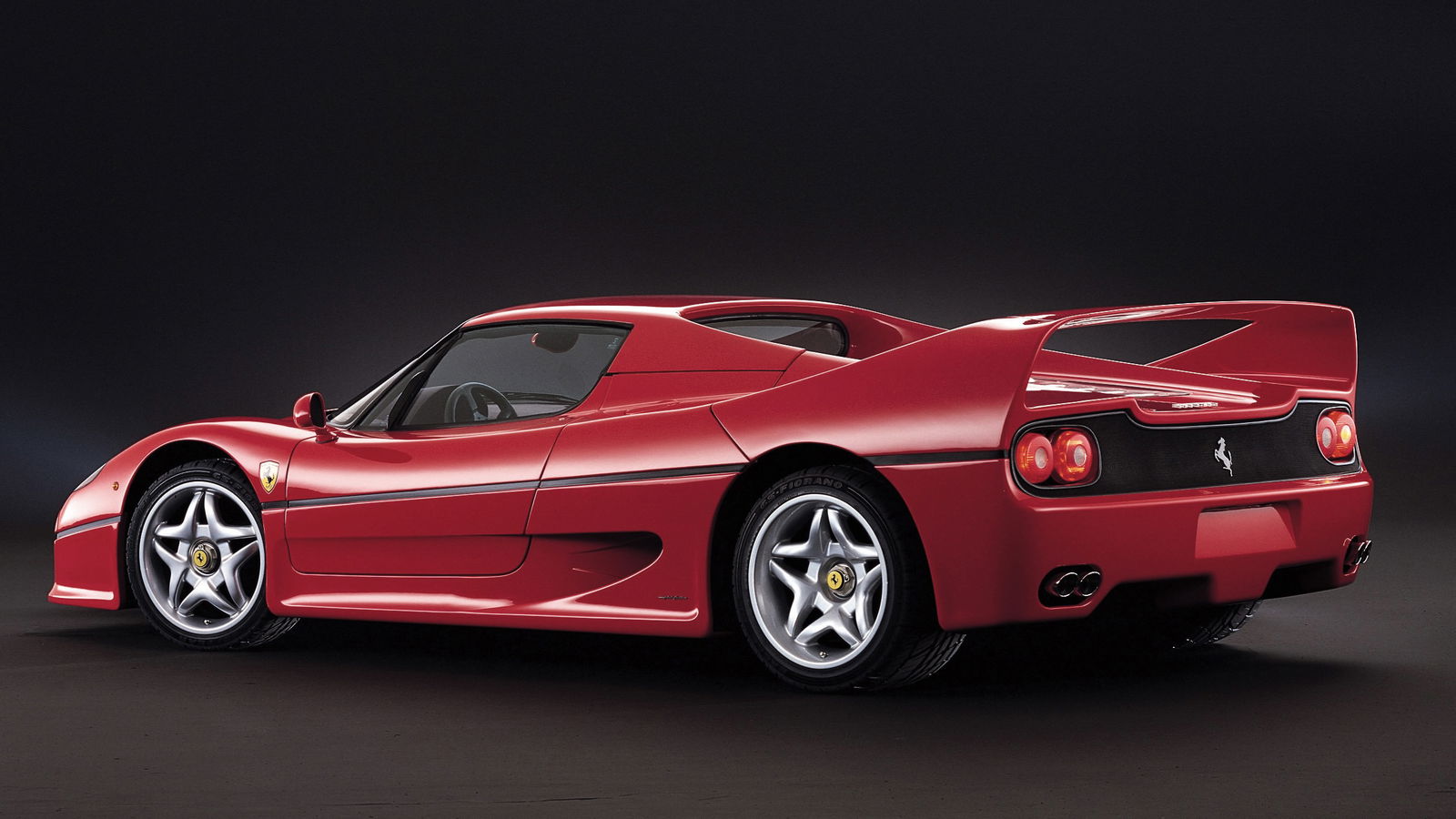
With the F50, the brief was to create something as close as possible to a road-going Formula 1 car. The engine, a 4.7-litre naturally aspirated V12 with five valves per cylinder, was derived directly from the 3.5-litre one Ferrari was using in its F1 cars at the time. Developing 513bhp and 347lb ft and revving out to a screaming 8500rpm, the engine was bolted directly to the F50’s carbon fibre chassis, making it a stress-bearing part of the car’s structure. Similarly, the six-speed manual gearbox’s housing supported the rear suspension.
That suspension was pure racing car, too – it was a rose-jointed push-rod arrangement incorporating inboard shocks and electronic dampers. The F50 even made use of ground effect aero to push it into the road. Thanks to its carbon chassis and bodywork, dry weight was just 1230kg.
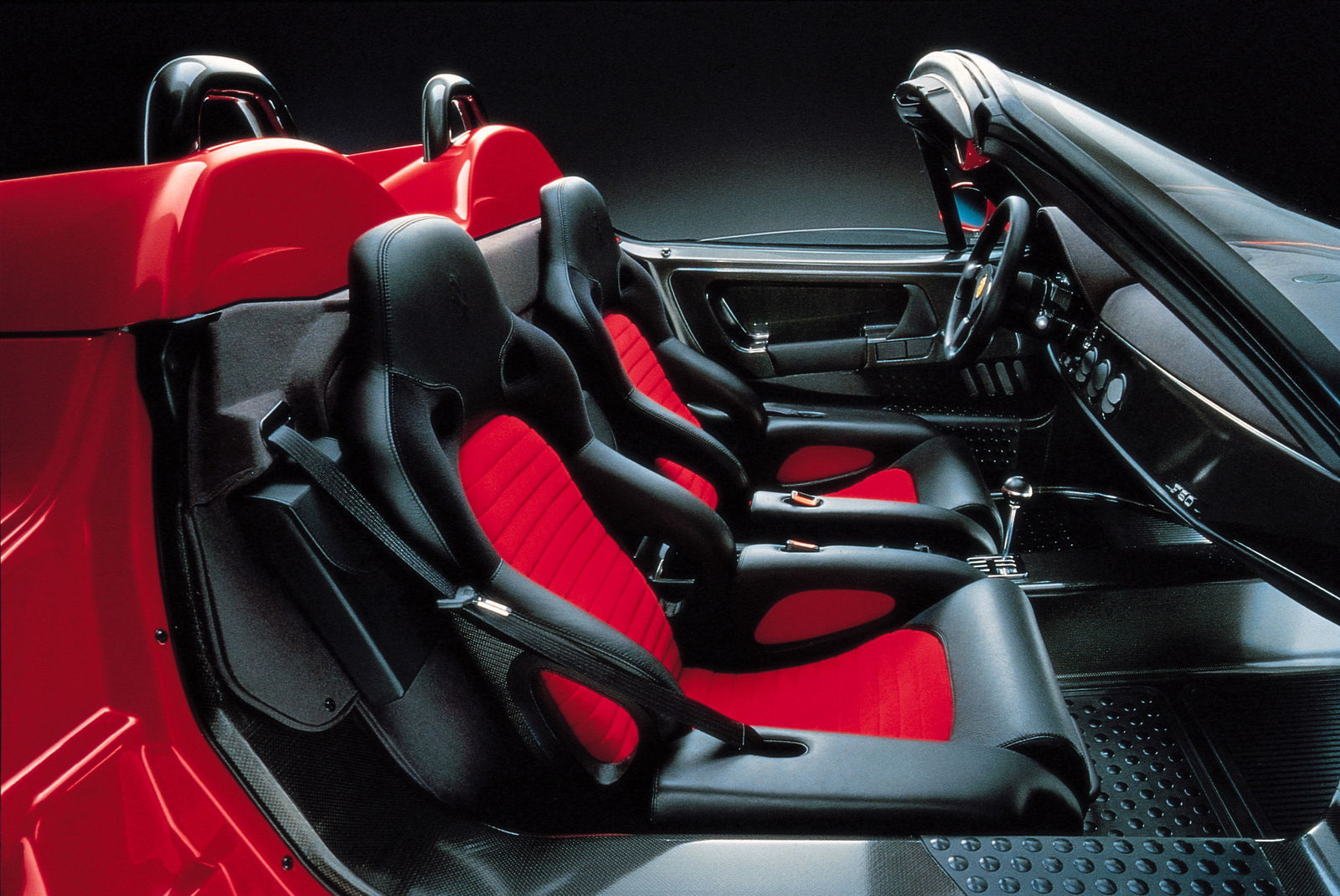
Once again, the body was styled by Pininfarina, although unlike the coupe-bodied F40, the F50 featured a detachable roof. On the inside, it was just as stripped out as its predecessor, with lots of bare carbon on display, although the F50 was an early application of an LED-lit instrument cluster.
Performance gains over the F40 were marginal – 0-62mph took 3.9 seconds, and top speed was 202mph.
Plans were afoot to take the F50 racing, with the F50 GT, a fixed-roof version built to GT1 racing regulations, developed and tested extensively. However, this was just as companies like Porsche and Mercedes began exploiting a loophole that allowed them to essentially develop purpose-built racing prototypes and sell a tiny number of road cars to homologate them, leading to the 911 GT1 and CLK GTR. Ferrari unsuccessfully tried to protest this, and eventually canned the F50 GT programme to focus all its motorsport resources on F1.
In production from 1995 to 1997, just 349 F50s were built – one less, said then-CEO Luca di Montezemelo, than the company reckoned it could sell. In sharp contrast to the F40, this makes the F50 the rarest of the Ferrari hypercars.
Ferrari Enzo
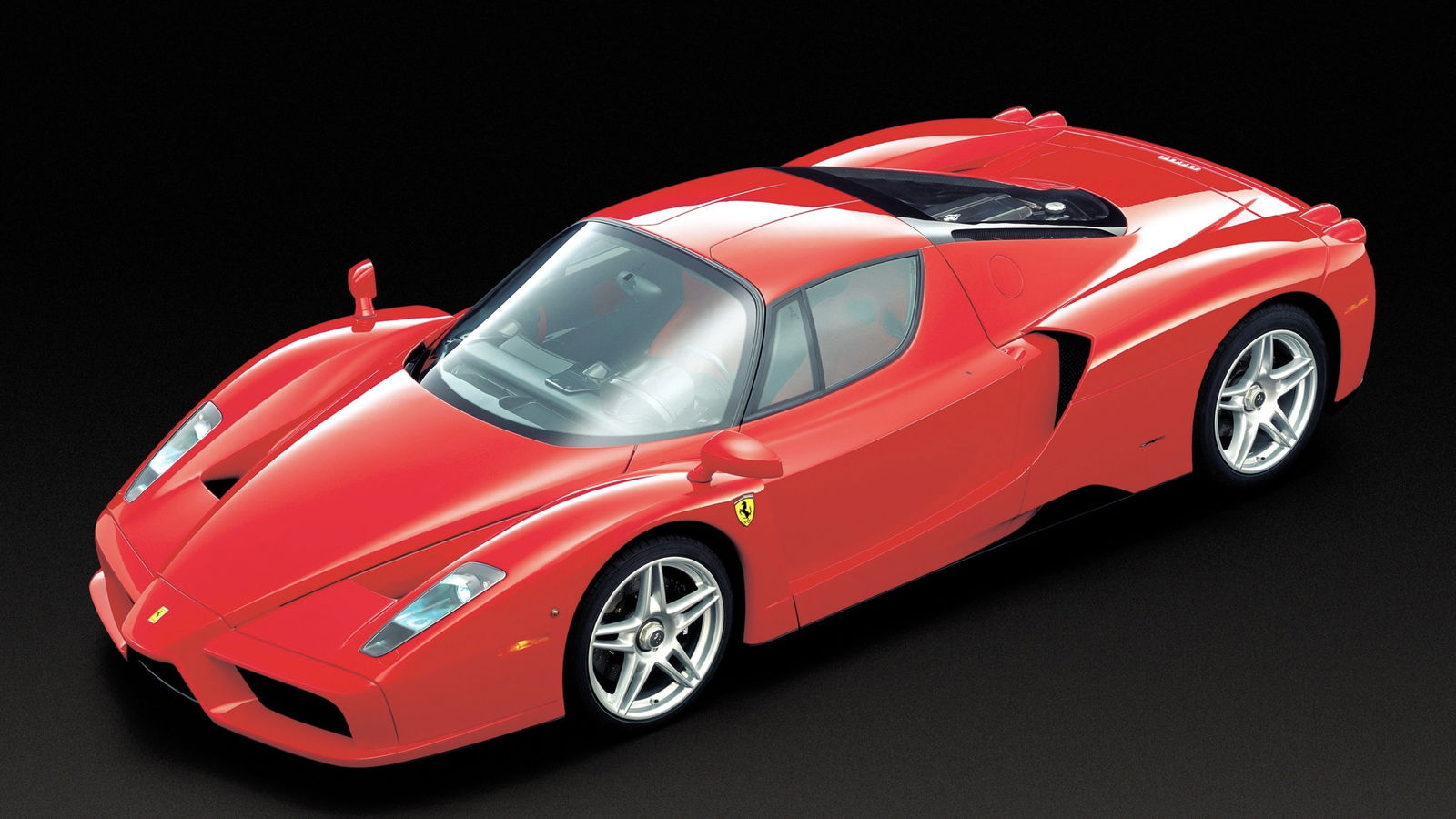
Unveiled in 2002, the next member of this lineage ditched the F- prefix of its predecessors, instead being bestowed with the name of Ferrari’s founder. In fact, officially, the car isn’t called the Ferrari Enzo, but the Enzo Ferrari.
Once again, it employed a naturally aspirated V12, this time the company’s new 6.0-litre Tipo F140 unit, which developed 651bhp and 485lb ft of torque. Gone, however, was the manual gearbox of its predecessors, the Enzo instead employing Ferrari’s shiny new ‘F1’ six-speed automated manual paddleshift ’box.
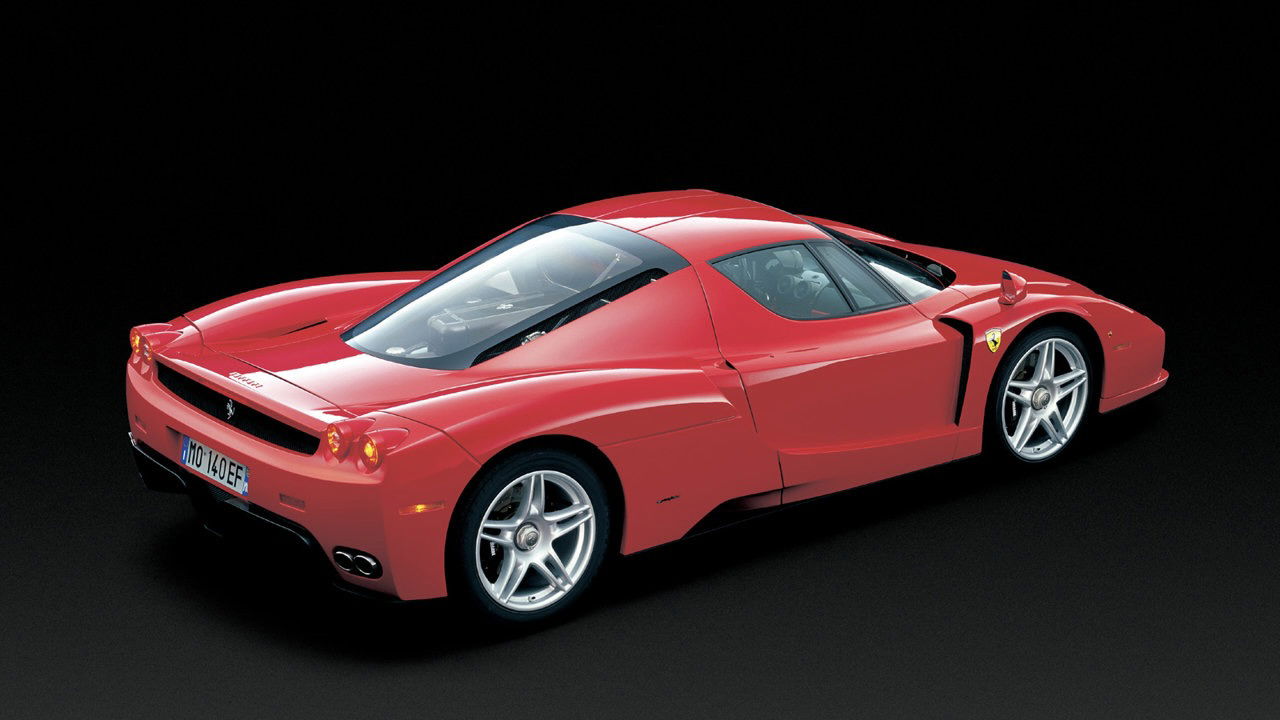
It again featured carbon bodywork, and the chassis was a carbon and Nomex honeycomb tub. Also like the F50, the suspension was a racing-style pushrod setup. The whole car had a 1255kg dry weight. It became the first roadgoing Ferrari with carbon ceramic brake discs, too.
Pininfarina once again handled exterior styling, incorporating F1-inspired elements like the pointy central nose. It eschewed the big fixed spoilers of its predecessors for a cleaner silhouette, instead relying on a small deployable lip spoiler and plenty of underbody aero to produce downforce.
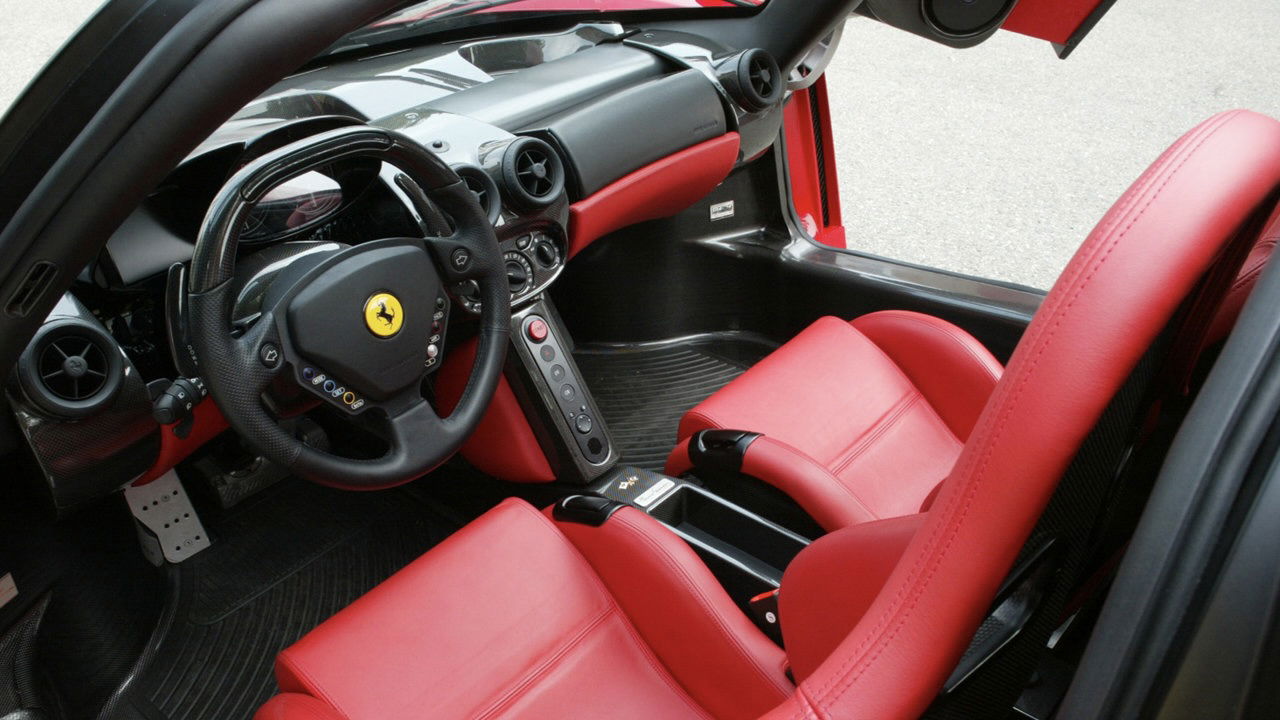
Although the inside was still a feast of bare carbon, it was slightly more luxurious than what had come before. Notably, it was the first Ferrari road car to incorporate racing-style shift lights into the steering wheel rim, something that became a staple of the brand’s more hardcore road cars.
One of the fastest cars of its era, the Enzo was capable of hitting 62mph in 3.7 seconds, and its top speed was quoted at 217mph.
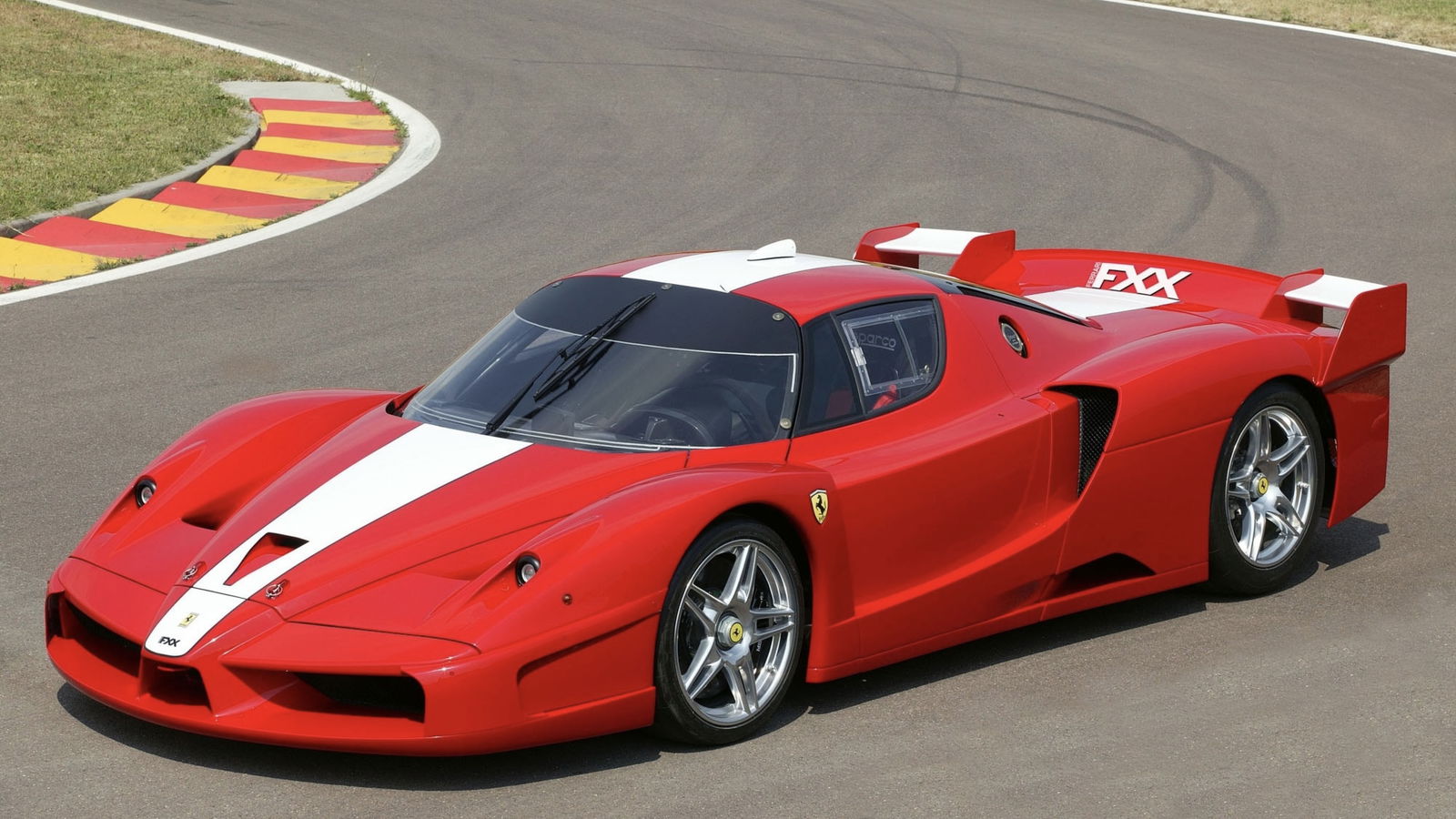
Though there were never any plans to take the Enzo racing, it did spawn a track-only variant: the FXX. Launched in 2005, it was the first of Ferrari’s XX series of cars, designed for its Corsa Clienti programme that would allow owners to drive them at specially-organised track days.
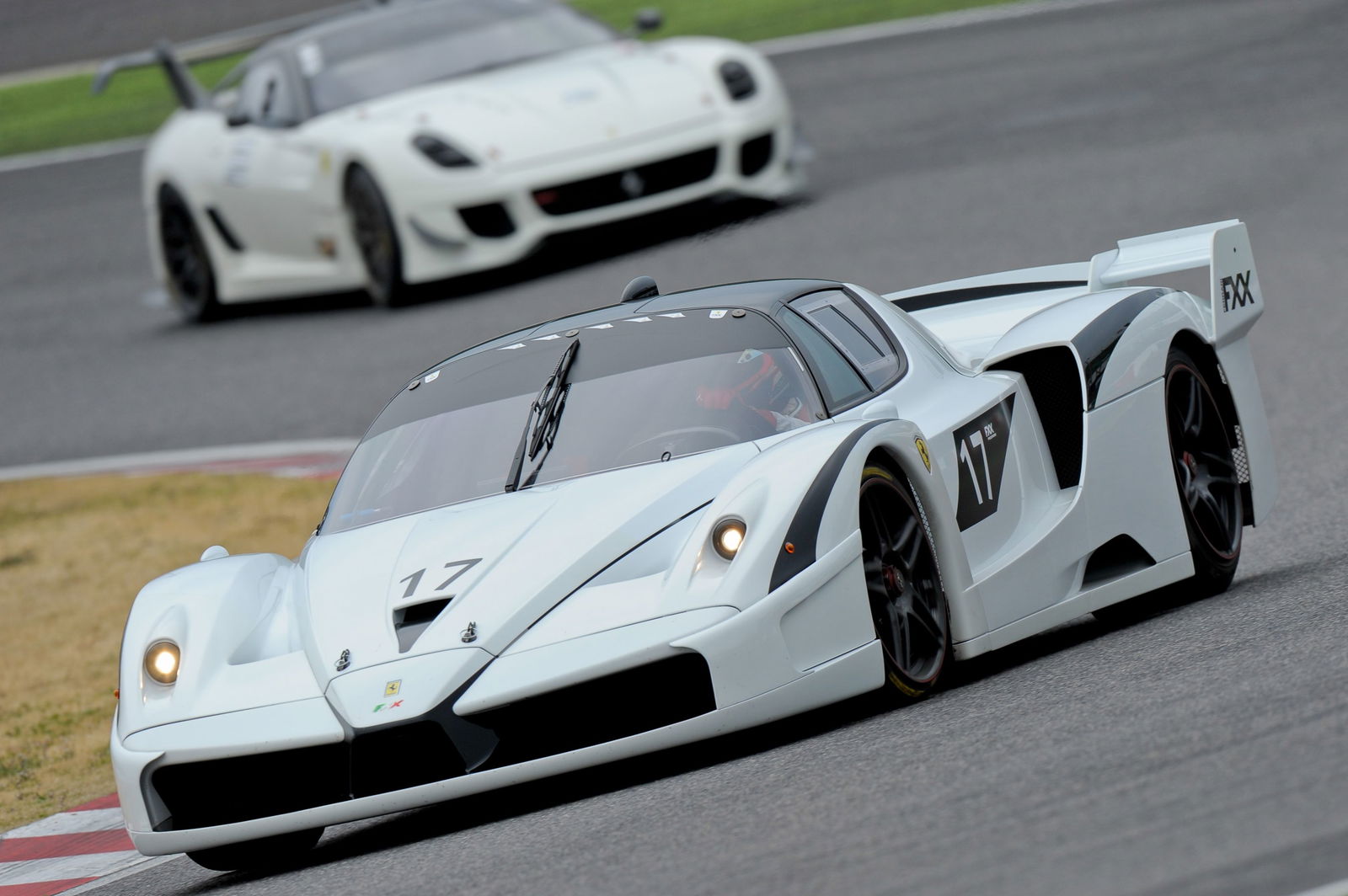
The FXX featured an enlarged 6.3-litre version of the Enzo’s V12, pushing out 789bhp. It also produced 40 per cent more downforce. An even more extreme version, the FXX Evoluzione, arrived in 2009. Here, power was further upped to 848bhp, and drag was reduced. 31 FXXs were built, including one out of sequence from the rest of the run, built specially for Michael Schumacher. A further three new Evoluzione chassis were built, with most of the original cars also upgraded to this spec.
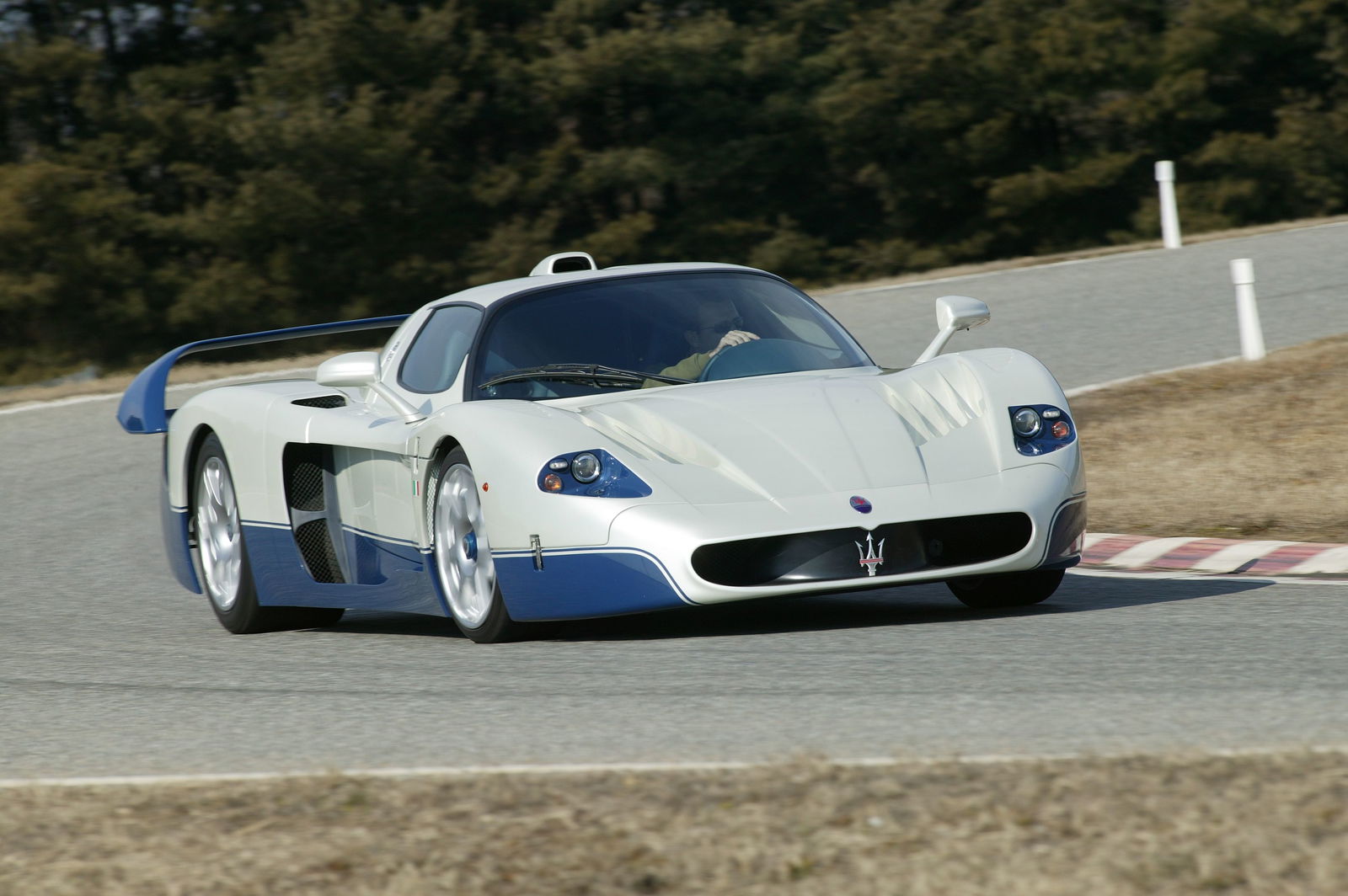
Highly unusually for a Ferrari, the Enzo also donated its chassis and drivetrain to a car from another brand. At the time, Ferrari controlled Maserati, which was eyeing a return to motorsport in the FIA GT1 Championship. To make this happen, the Maserati MC12 was developed around the Enzo’s engine, gearbox and a lengthened version of its chassis, although the only exterior part it shared with the Enzo was its windscreen.
As for the Enzo, Ferrari said it planned to build 399, but a 400th and final car was built with the intention of it going to a very special client in Rome in early 2005 – Pope John Paul II. The Pope suggested the car be auctioned off for charity, which it duly was. There’s some suggestion online that, in fact, more than 400 Enzos were built, but Ferrari maintains that there were 400 road cars plus the 34 FXXs.
Ferrari LaFerrari

Ferrari’s fourth halo hypercar arrived on the scene in 2013, wearing a name that promised big things: LaFerrari. In other words, it’s the Ferrari… The Ferrari.
Still, the LaFerrari was rather a big deal. Its V12 engine was a 6.3-litre evolution of the one that had debuted in the Enzo, producing 789bhp. For the first time in a Ferrari production car, though, it was now augmented by a hybrid system. The electric motor contributed an extra 161bhp, making for a peak system output of 950bhp, and 664lb ft of torque. That was all sent to the rear wheels through a seven-speed dual-clutch gearbox.
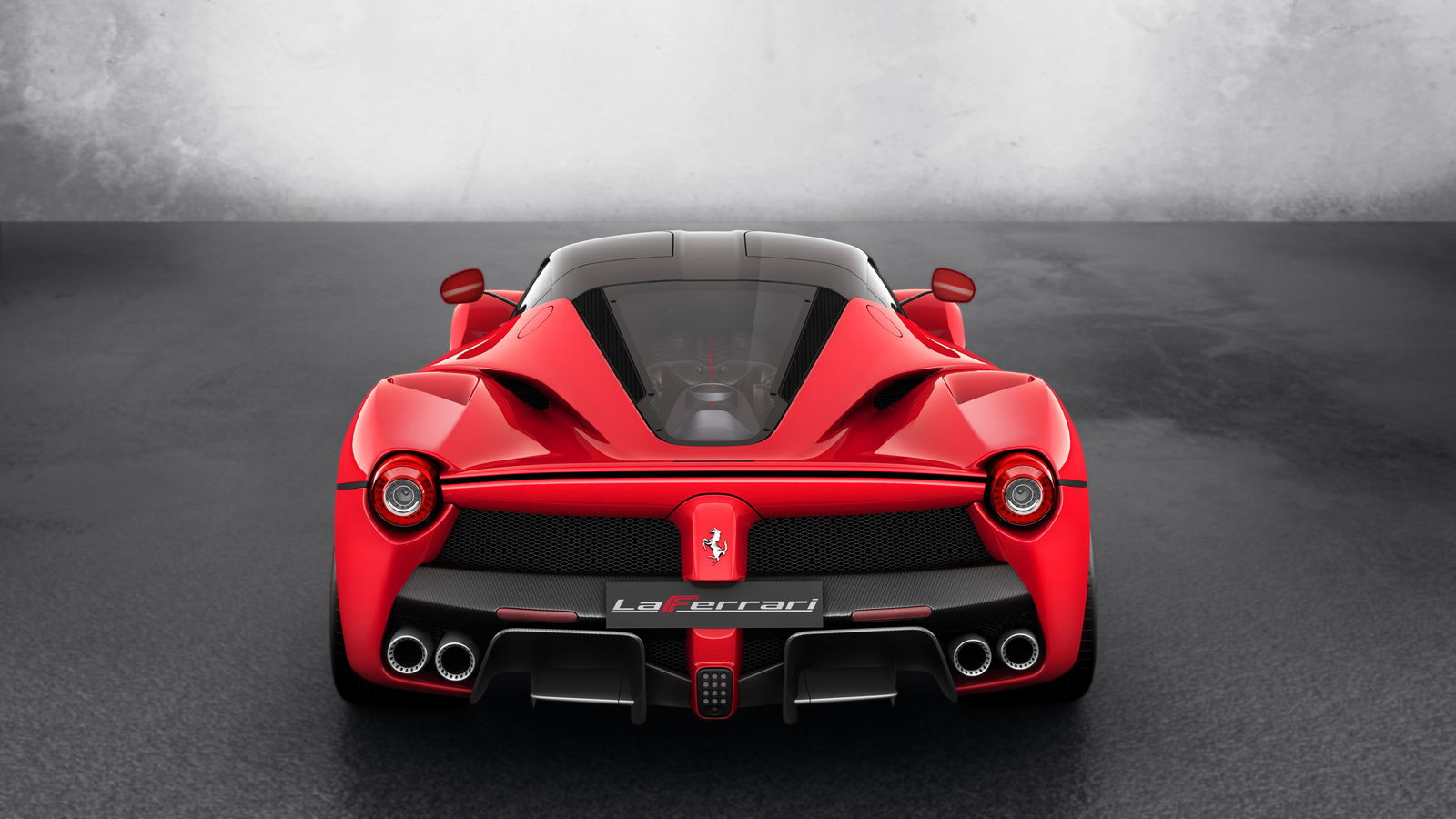
Built around a carbon tub and featuring carbon bodywork, it once again made heavy use of active and underbody aero to produce its downforce. Ferrari was coy about the LaFerrari’s actual weight, perhaps due to the addition of batteries and an electric motor.
Breaking away from its longstanding partnership with Pininfarina, Ferrari styled the LaFerrari in-house, under the leadership of chief designer Flavio Manzoni. On the inside, meanwhile, it continued its predecessors’ steadily more luxurious trajectory, although it still wasn’t what anyone would call plush.
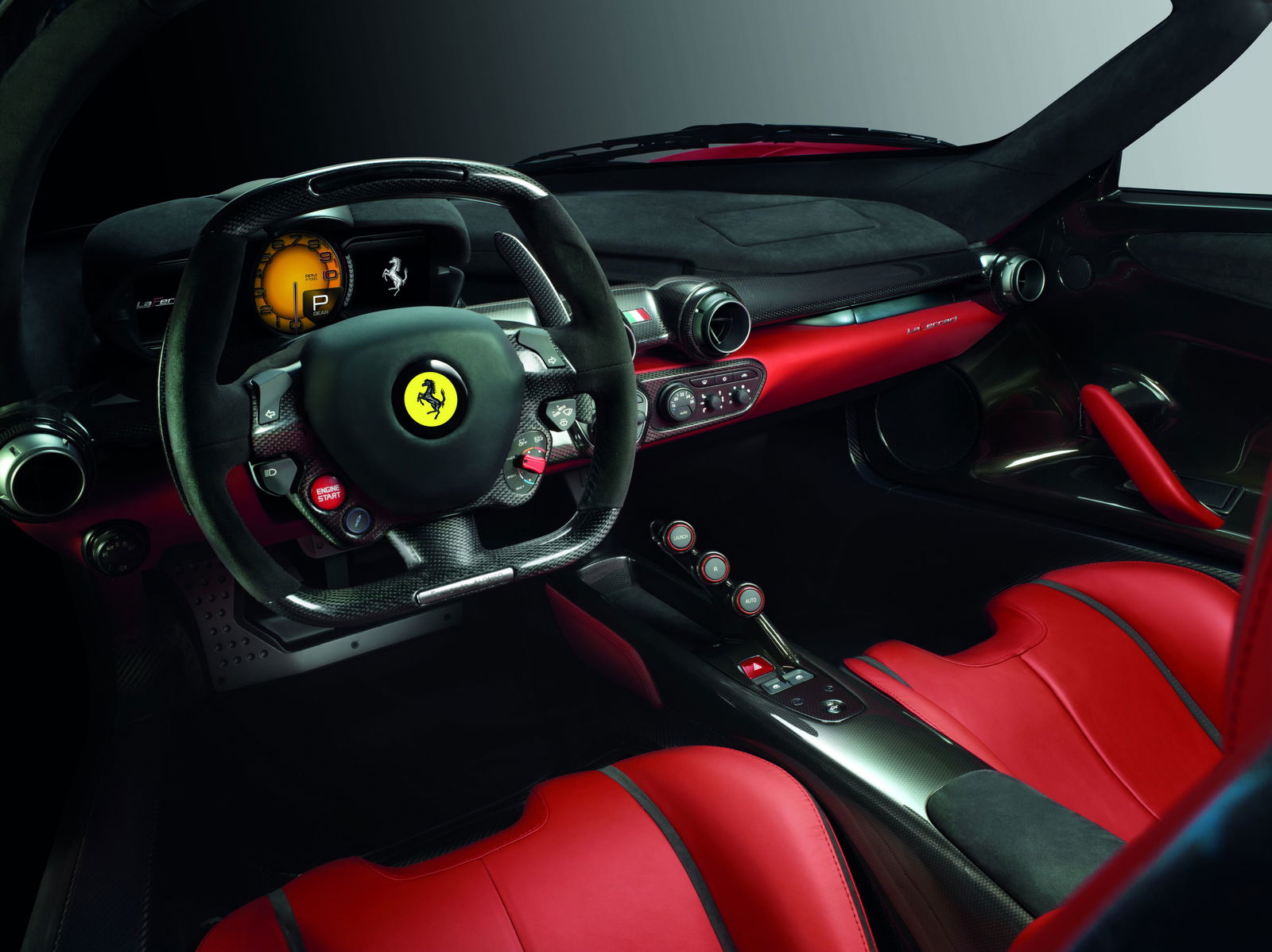
The LaFerrari arrived at a tipping point in the development of hybrid supercars, as right around this time, both Porsche and McLaren were working on their own electrified rivals – the 918 Spyder and P1. While both of those cars had modest EV-only ranges, though, the electric motor in the LaFerrari was only there to supplement the engine.
Ferrari was also a bit cagey about the LaFerrari’s performance numbers, only quoting them as ‘under three seconds’ for the 0-62mph sprint, and ‘over 217mph’ for top speed.
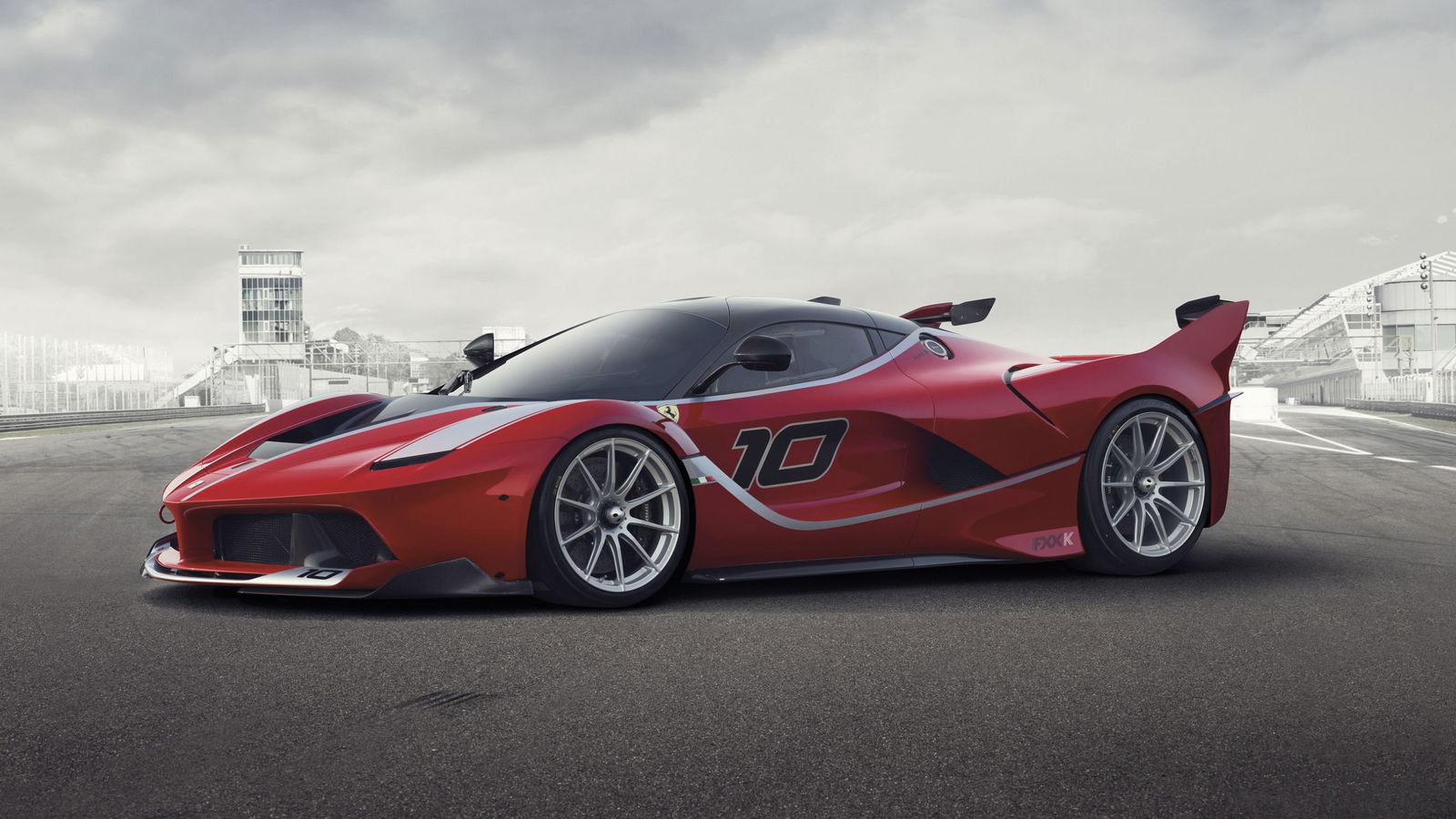
As with the Enzo, the LaFerrari spawned a hardcore track-only version for its Corsa Clienti programme. The FXX-K arrived in 2015, boasting a peak output of 1036bhp thanks to tweaks to both the engine and electric motor. With its distinctive rear fins, it was said to develop 540kg of downforce at 124mph.
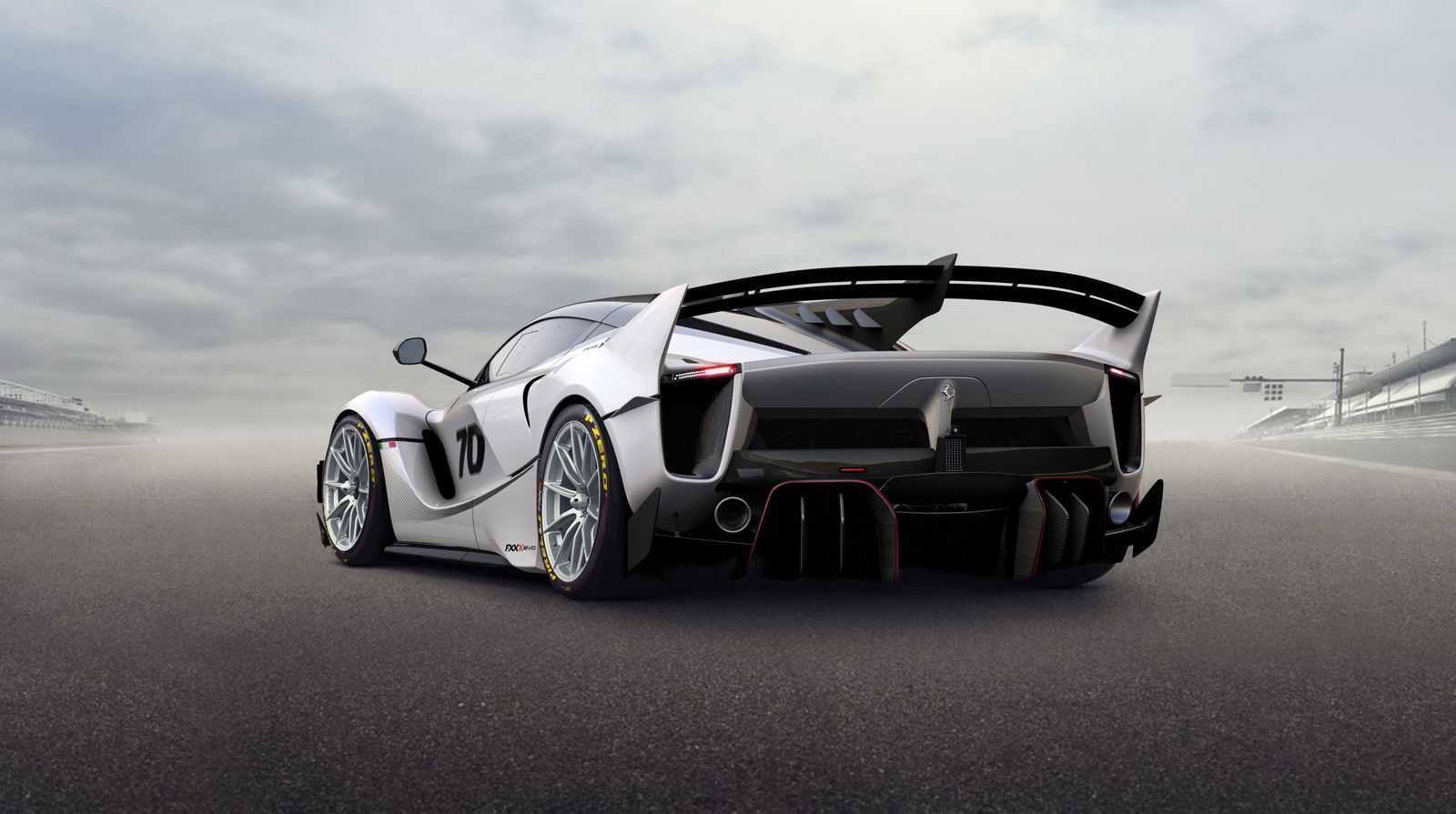
In 2017, an Evo version of the FXX-K was launched. It made no extra power, but lost weight, and thanks to an even more aggressive aero package, now produced 640kg of downforce at 124mph. 40 original FXX-Ks were built, although the overall number of Evos isn’t clear, partly because many of them were upgraded from the original version of the car.
The LaFerrari coupe ended production in 2016, but was followed up that year by a roadster version. Named the Aperta, Italian for ‘open’, it was supplied with two manually-detachable roof panels – a carbon fibre item and a fabric soft-top. Save for some minor aero tweaks to compensate for the lack of roof, it was otherwise basically identical to the coupe. The Aperta stayed in production until 2018.
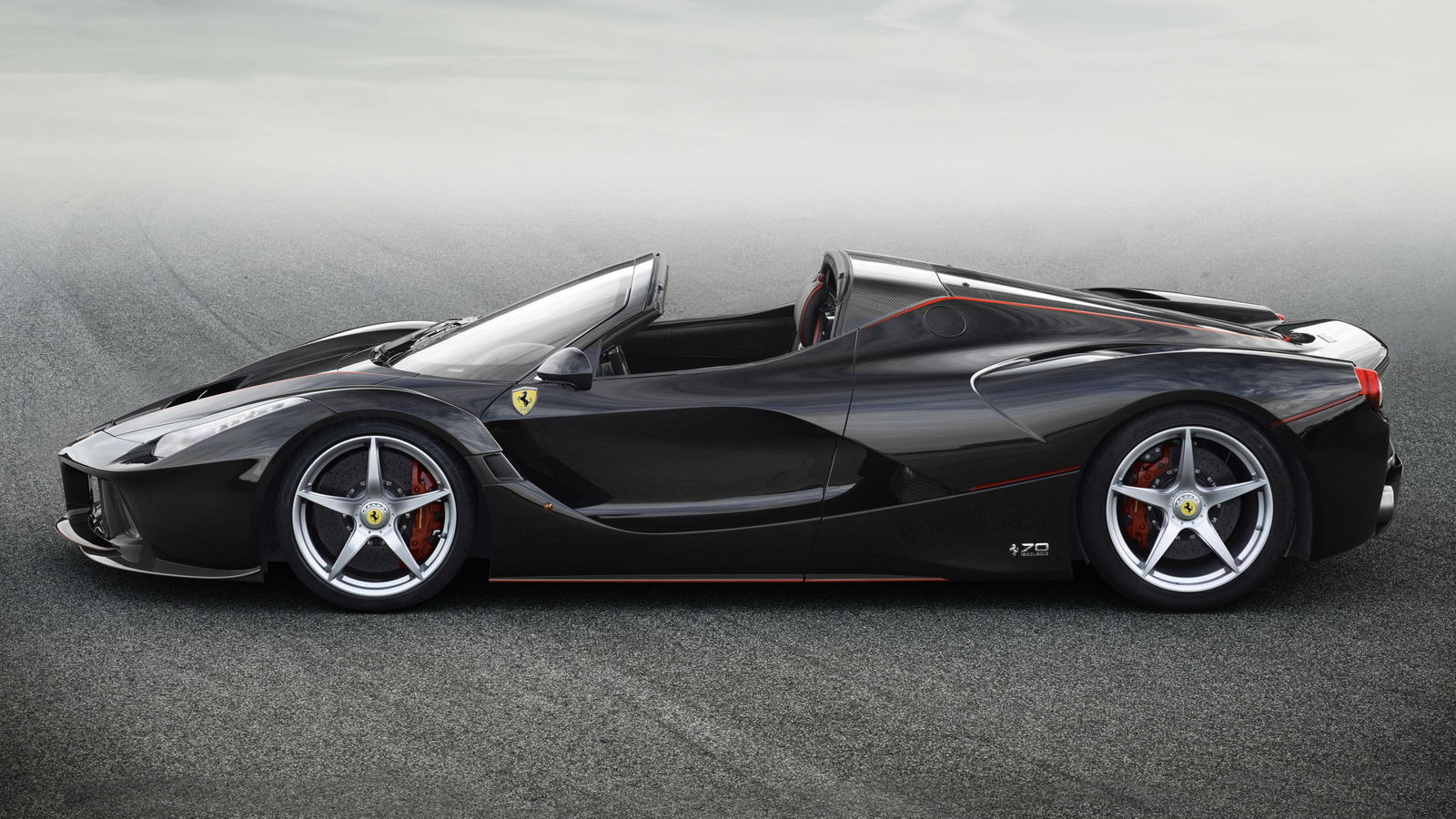
Per Ferrari’s numbers, 499 LaFerrari coupes were built, followed by 210 Apertas, for a total run of 709 cars.
Ferrari F80
 copy.jpg?width=1600)
And so we arrive at the present day. Only the fifth car in its bloodline in 37 years, the Ferrari F80 was unveiled in 2024. Its name marks a return to the convention established by the F40 and F50, but other than that, it might be the most radical yet.
Like the LaFerrari, it’s a hybrid, but the combustion element is now a 3.0-litre twin-turbocharged V6, derived from the one that powers Ferrari’s double Le Mans-winning 499P racer. By itself, it makes 888bhp.
.jpg?width=1600)
The electric part of the equation, meanwhile, is a trio of electric motors. One’s joined up to the engine, and the other two drive the front axle, making the F80 the first car in its lineage with all-wheel drive. All in all, the system develops a peak of 1183bhp and 805lb ft of torque, and sends its power through an eight-speed dual-clutch gearbox.
Once again built around a carbon tub and clothed in carbon bodywork, the F80 has a dry weight of 1525kg. It also makes more use of active aero than any of its forebears. There’s a deployable flap beneath the front splitter, and a rear spoiler that can pop up to act as an airbrake or lie flush with the bodywork for top speed runs. It produces a peak of 1055kg of downforce at 155mph, while active suspension keeps ride height consistent over lumpy surfaces.
 copy 2.jpg?width=1600)
Exterior styling has once again been done in-house at Ferrari, again under the stewardship of Flavio Manzoni. On the inside, it moves to a fully digital instrument cluster for the first time. It features an unusual seating configuration, with the passenger seat built into the carbon tub and set slightly back from the driver’s seat, which itself is fixed in place, with the pedal box moving for adjustment.
The F80’s top speed is once again 217mph, which seems to be a bit of a ceiling for Ferrari hypercars. Acceleration, though, is a different story: its quoted 0-62mph time is a scarcely believable 2.2 seconds (actually 2.15, but we only deal in tenths here).
 copy 3.jpg?width=1600)
It’s still too early in the F80’s life to know what further plans Ferrari has with it, but if both the Enzo and LaFerrari are anything to go by, you can pretty much bank on a hardcore XX version appearing at some point. We wouldn’t be at all surprised to see an open-top variant appear either, Ferrari growing ever fonder of offering drop-top versions of its cars. Until then: where does the F80 rank for you among its illustrious predecessors?
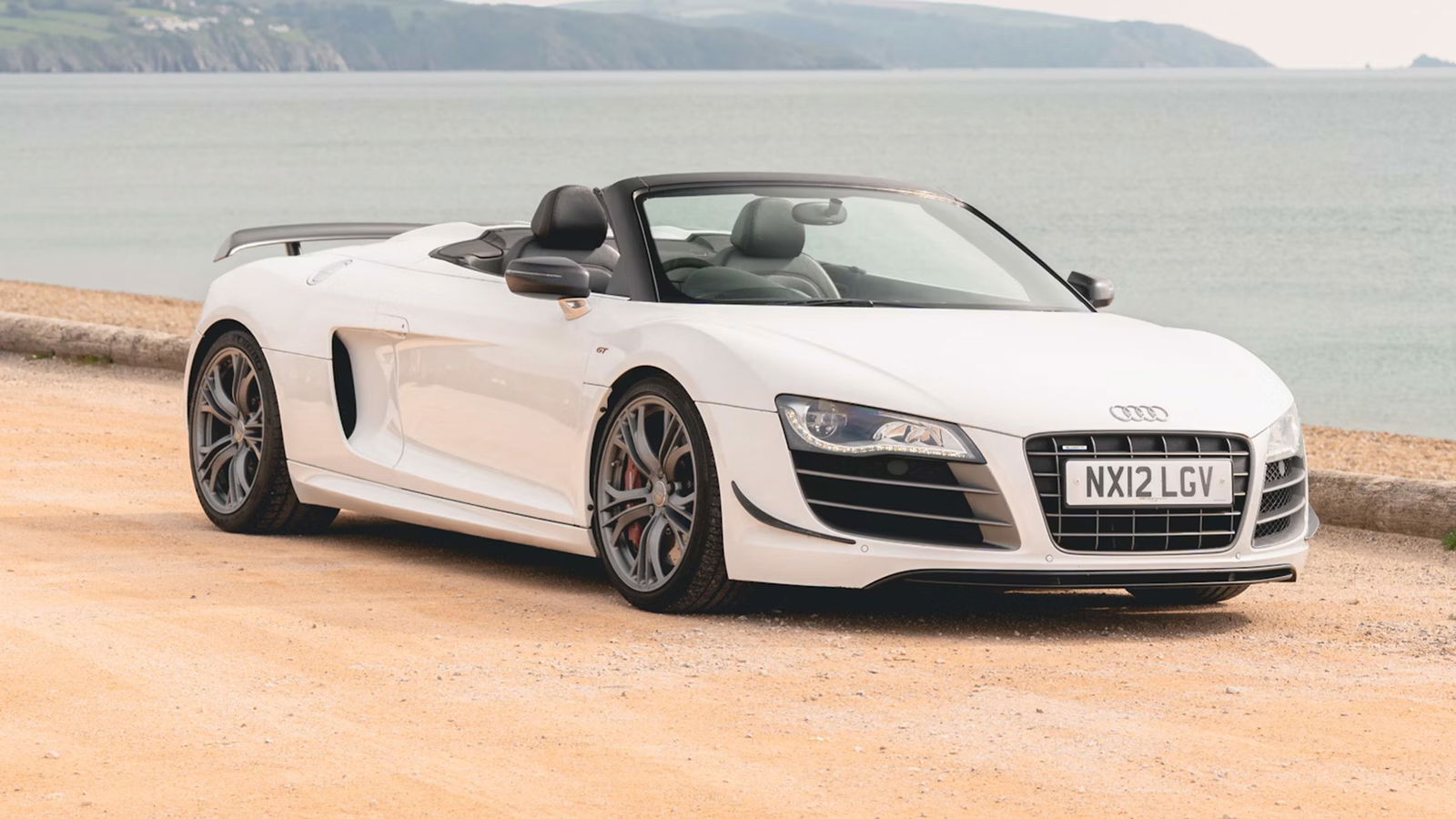
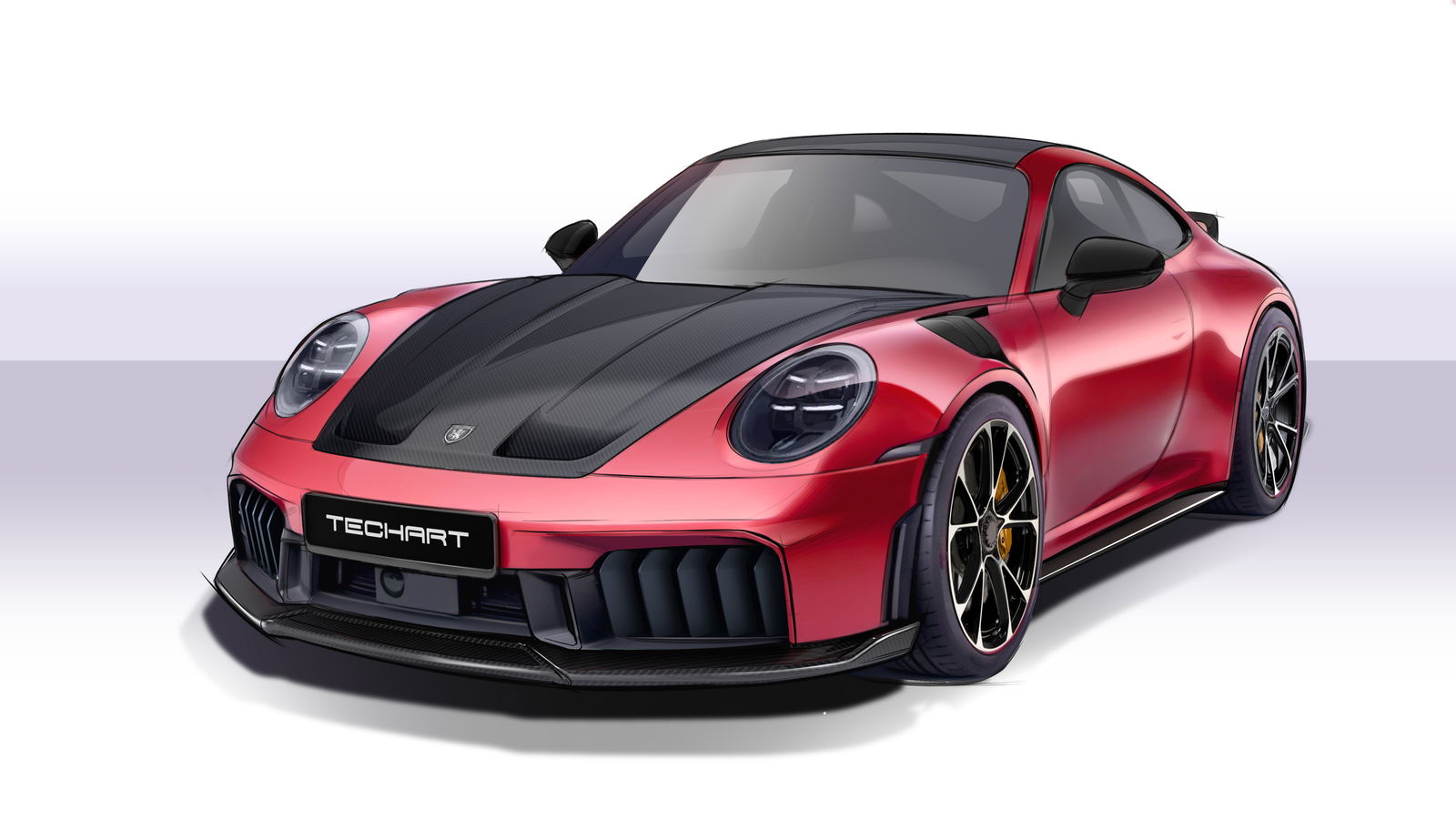











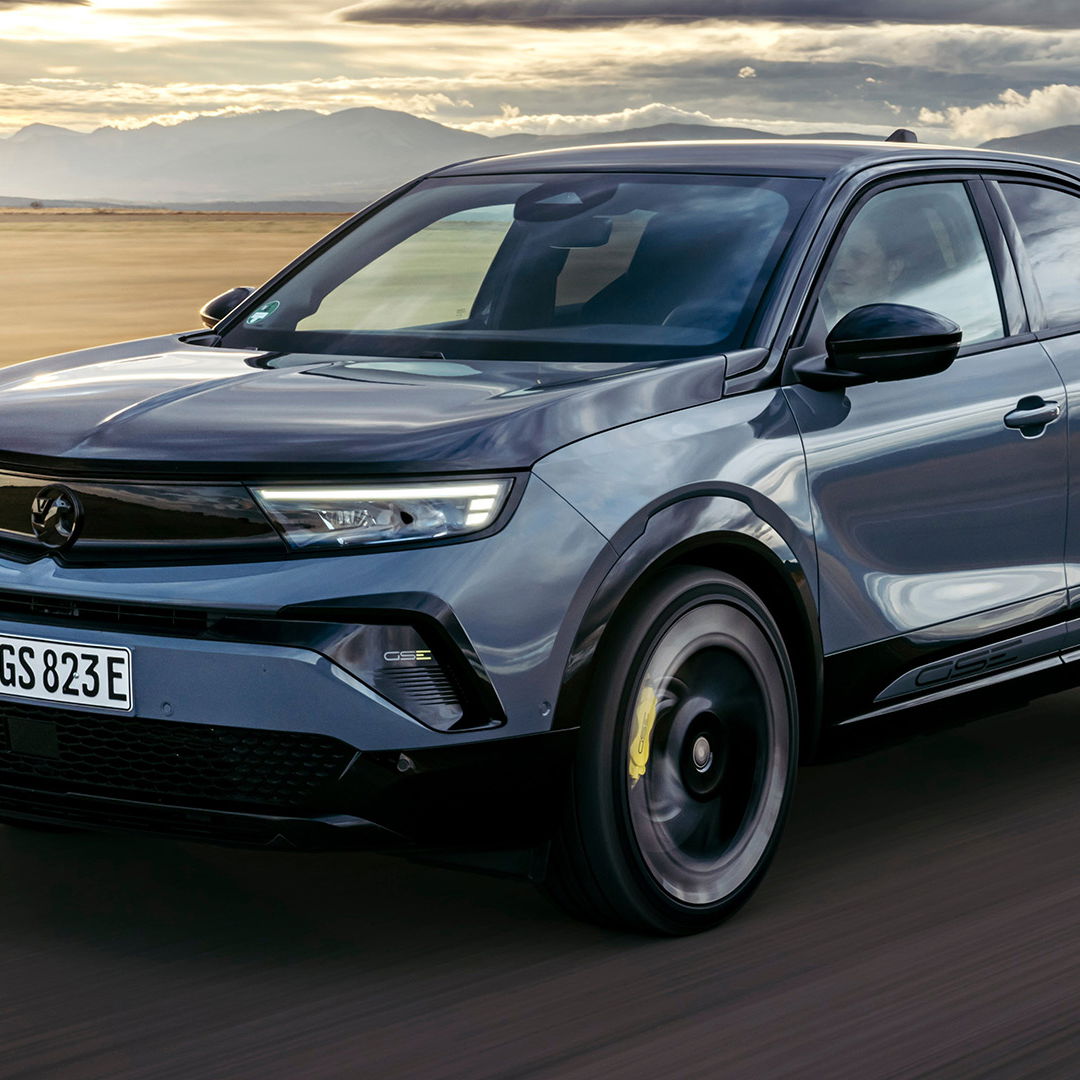

Comments